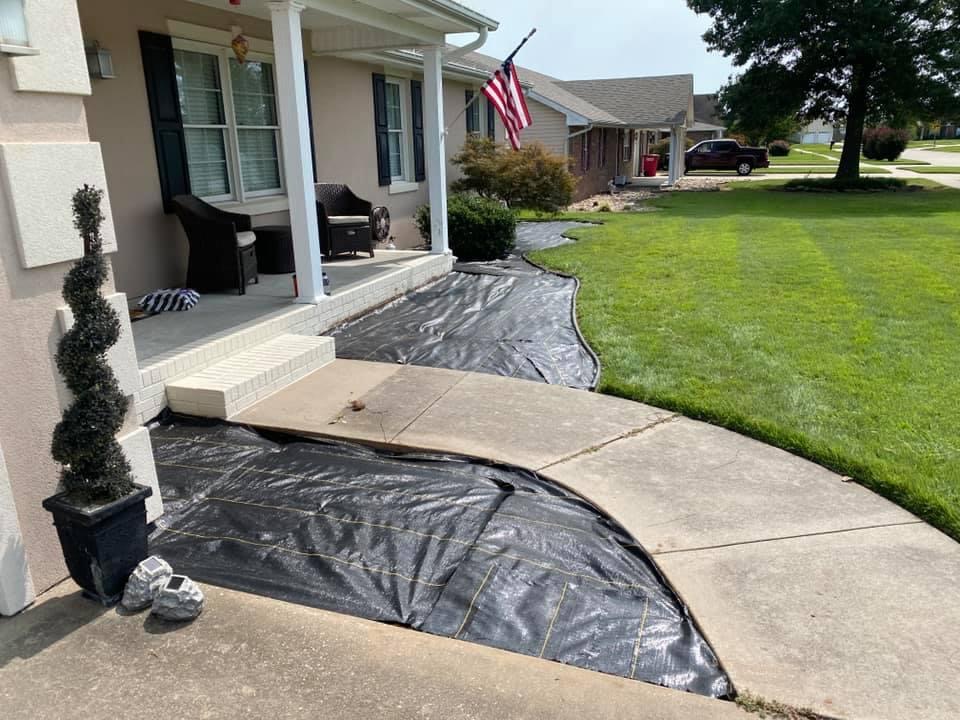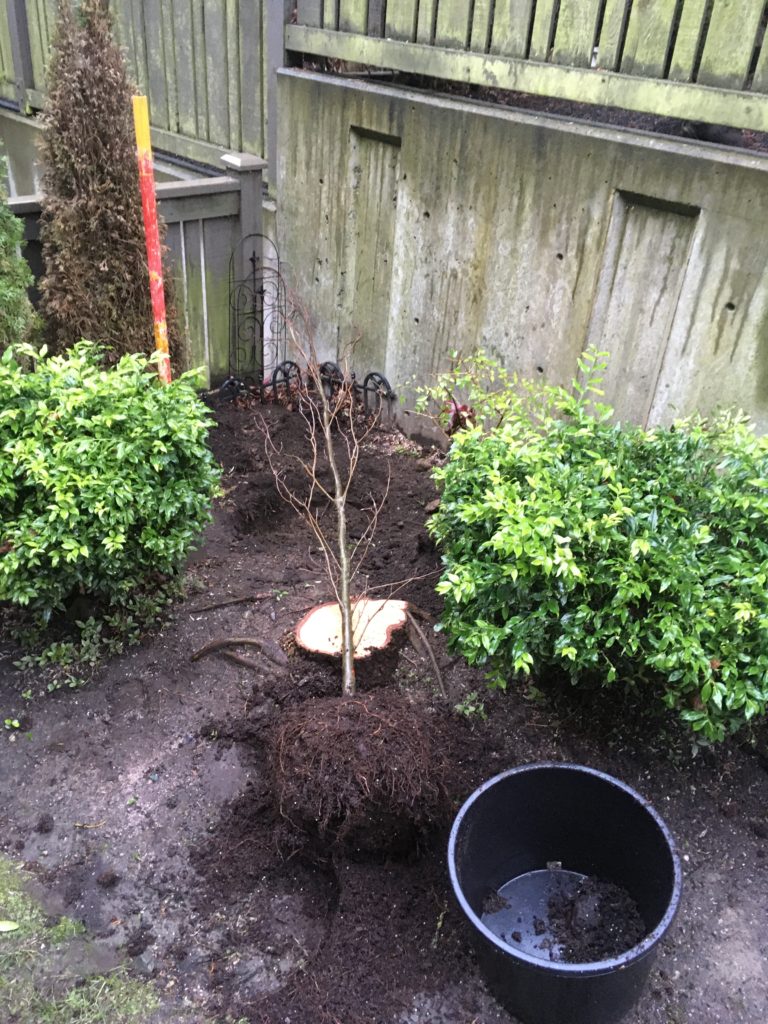Last week I heard through LinkedIn that one of my mentors, Dr. Linda Chalker-Scott, landed a full professorship at the University of Washington. Good for her. There was some drama earlier but it turned out well for Linda.
I sent Linda a quick message congratulating her on the new post and thanking her for producing useful science that helps me in the field. If you are a gardener or landscape professional, you too should get to know Linda’s work.
When my workers challenge me in the field-which happens with alarming frequency- I drop Linda’s full name and title as if she was my best friend. Dr. Linda Chalker-Scott says….. Because Linda’s work is based on science, you can rely on it better than, say, Mrs. Robinson down the block who has been gardening for 25 years the same way.
Benefits
Here are a few things I learned from Linda and I hope there will be many more.
Landscape fabric
Landscape fabric is a waste of money! Yes, it is. In her Great Courses segment, Linda shows you a brand new piece of landscape fabric that isn’t letting any water through it. Now, imagine what happens in your garden as the fabric interacts with soil. It’s almost guaranteed that water won’t reach into the soil below.
The fabric costs money, it gets clogged and damaged over time, and it practically encourages weeds to establish. I’ve seen dead Rhododendrons which had fabric wrapped around their trunks. I have no idea how water was supposed to reach the roots.

Planting
Nothing goes into the planting hole except the tree! That’s right. No burlap, strings, wires or wire cages. Just plant the tree.
I have these debates in the field all the time. For example, do you keep the burlap on when you plant cedars? People worry about the root ball when they should be worried about the root volume.
Sometimes I have to remove dead trees because they were planted with the strings uncut and they eventually girdled the tree. It’s like slow-choking someone.

Mulch
Thin mulch encourages weeds! That’s right. A thin layer of mulch makes it nice and cozy for the weeds by trapping moisture but not depriving them of sunlight. A nice 2-3″ layer of mulch should deprive the weeds of sunlight. It also conserves moisture for your plants and it looks great.
Weeding soil patches with a thin layer of mulch is annoying because you have to get to the weeds without removing any more of the mulch. It’s not my favorite thing to do in the landscape. I prefer to fluff up a nice thick layer of mulch and move on.
Conclusion
Mentors rule! Find good people to help you grow and improve. I’ve never met Linda but I hope to, once the coronavirus is defeated and assuming I live to see that day. For now, I follow her online, read her university extension papers and re-read her books.
Never stop learning!

